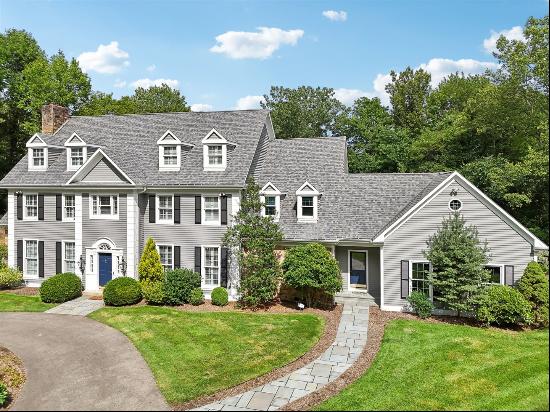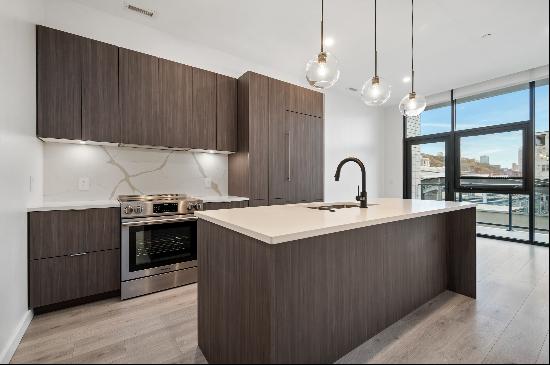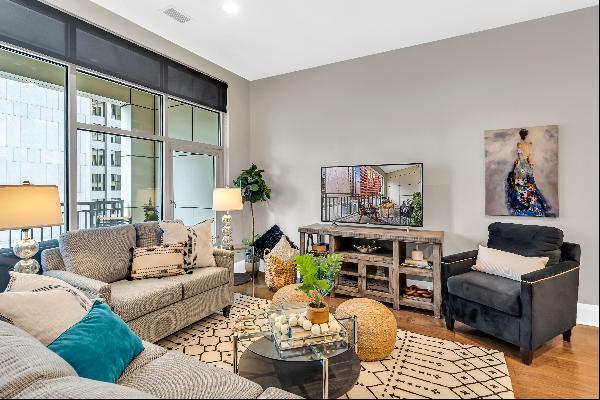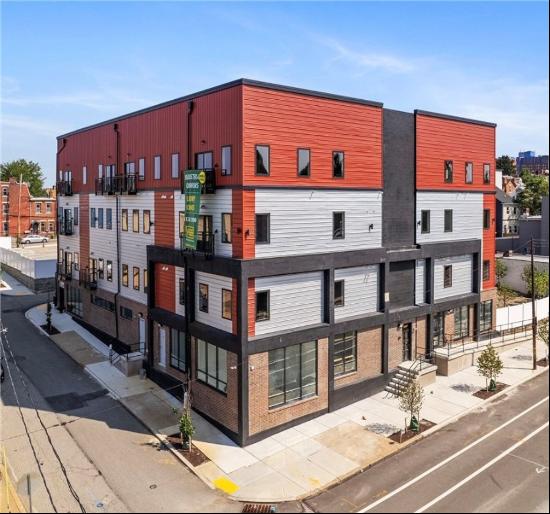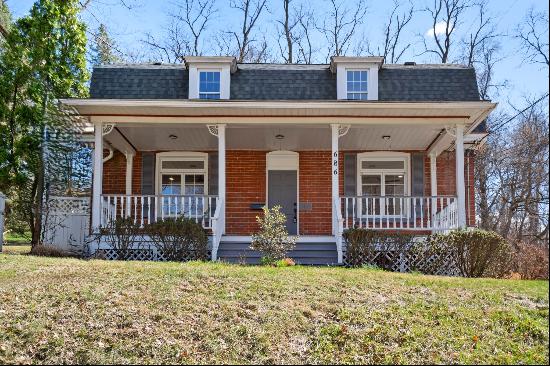
By Anthony Paletta
Baywood is one of the most distinguished houses in Pittsburgh, with lavish interiors and fine Gilded Age architectural styling. Yet, the property has endured a chequered past — including the threat of demolition.
This eight-bedroom home — currently on the market for $3mn — was built in 1880 for Alexander King, a glass manufacturer from Ireland. A typically lavish Gilded Age mansion, it was built in Second Empire-style, the eclectic architecture associated with Napoleon III’s reign in France.
In the 1950s, the City of Pittsburgh attempted to acquire the site using a compulsory purchase order to build a performance venue — a fate only averted when King’s son, Robert Burns King, agreed to leave the house to the city after his death.
The building was saved, but, when it became the city's centre for the arts after the younger King died in 1954, the house was significantly altered. The walls were painted black and track lighting was installed without consideration for the decorative mouldings. Nails marred much of the elaborate plaster and woodwork, and little maintenance was ever carried out.

Robert Burns King had stipulated in his will that the property could be sold on the open market by the city if it became onerous to maintain and a non-profit buyer could not be found.
The current owners, Dr Frank Brown and his wife Maura, were the sole private bidders in 1994. They embarked on a painstaking process of restoration that would span the next three decades.
Much of the work they did themselves. Restoring the parlour ceiling took a year alone, the slow pace necessary to avoid damaging the hand-painted artwork. In the library, a decorative griffin frieze was revealed by the use of duct tape, which was applied to the surface, then peeled back with great care to remove the paint. Asphalt tiles were laboriously extracted from the hallways and, according to Dr Brown, the brick walls made rewiring “a total nightmare”.
Many of the original Minton fireplace tiles were broken, though “fortunately at the time Minton was still in business and making the same tiles”, says Dr Brown.
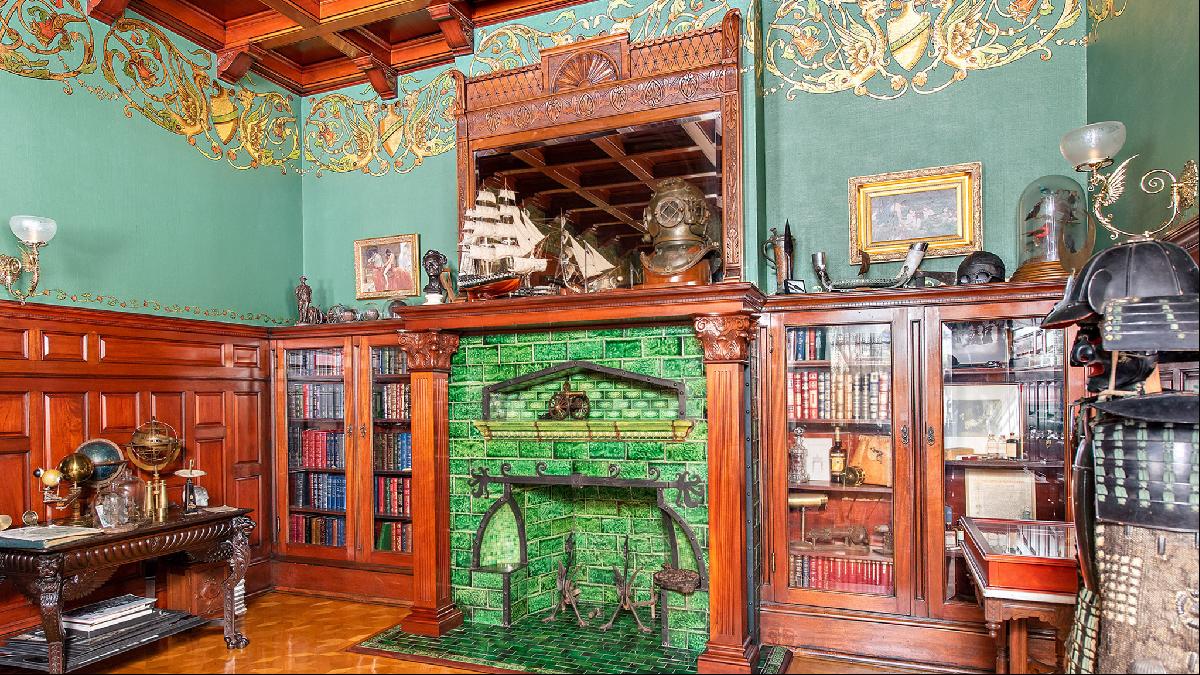
That turned out to be one of the easiest parts of the restoration. Many original doors were missing and had to be recreated based on archive photography. The single Reading Hardware Company doorbell that the couple discovered led them to source other fixtures from the company, and artisans were hired to conserve the murals, gilded surfaces and stained glass windows.
The most demanding task was the exterior. By enlarging pre-1950s photographs, they were able to accurately recreate the brackets, balusters, and 16-foot finial on the home’s central mansard roof.

When original fixtures and fittings could not be found, the Browns sourced period-appropriate antiques. Light fittings taken from a mansion in Philadelphia have been used throughout the house. “We also have pieces from all of the main Victorian-era cabinet makers here,” Dr Brown explains. This includes furniture made by John Henry Belter, J and J W Meeks, and Alexander Roux — and a bed thought to have been owned by Pittsburgh steel tycoon Andrew Carnegie. In the library, the griffin frieze was complemented by antique griffin light fixtures, griffin Horner furnishings and even griffin andirons.
The master bathroom features the original claw-foot tub with underfloor heating installed beneath marble tiling. Modern appliances have similarly been included in the kitchen, concealed within custom-made cherrywood cabinets.
The estate, which once consisted of 50 acres of parkland, is now the city’s Highland Park and zoo. But with the house restored to its former glory, it is possible once again to see Baywood as Alexander King did, nearly 150 years ago.
Photography: Roseanne Martin, Pennsylvania Real Estate Photography for Piatt Sotheby’s International Realty









